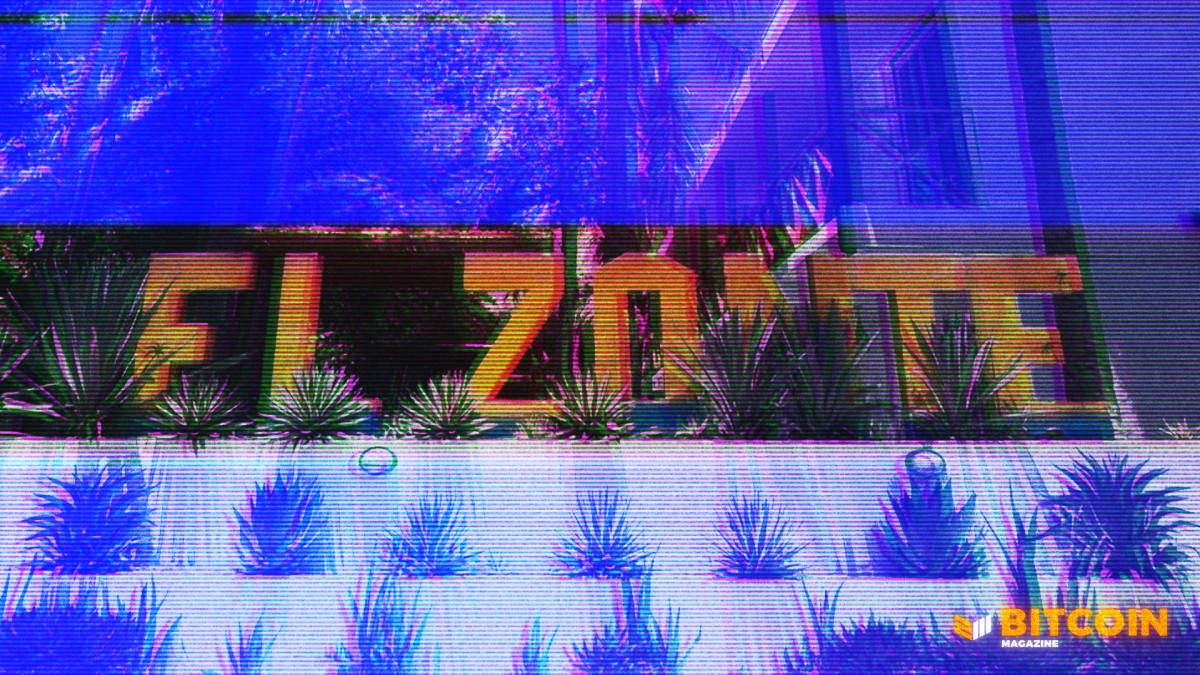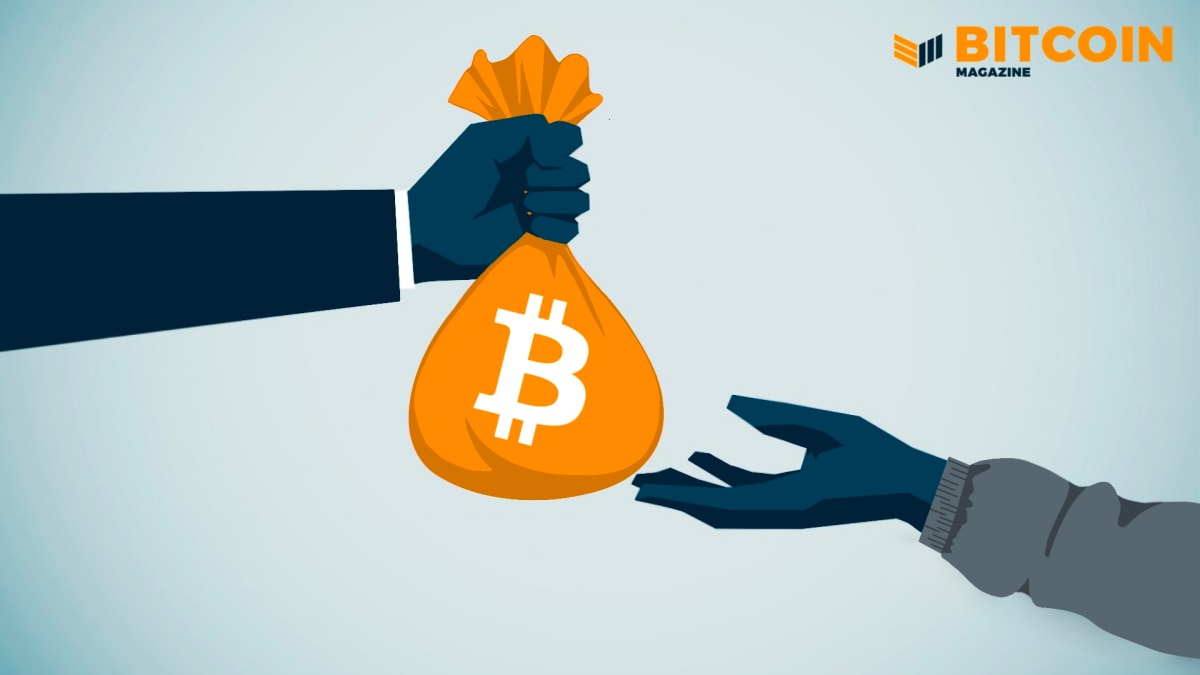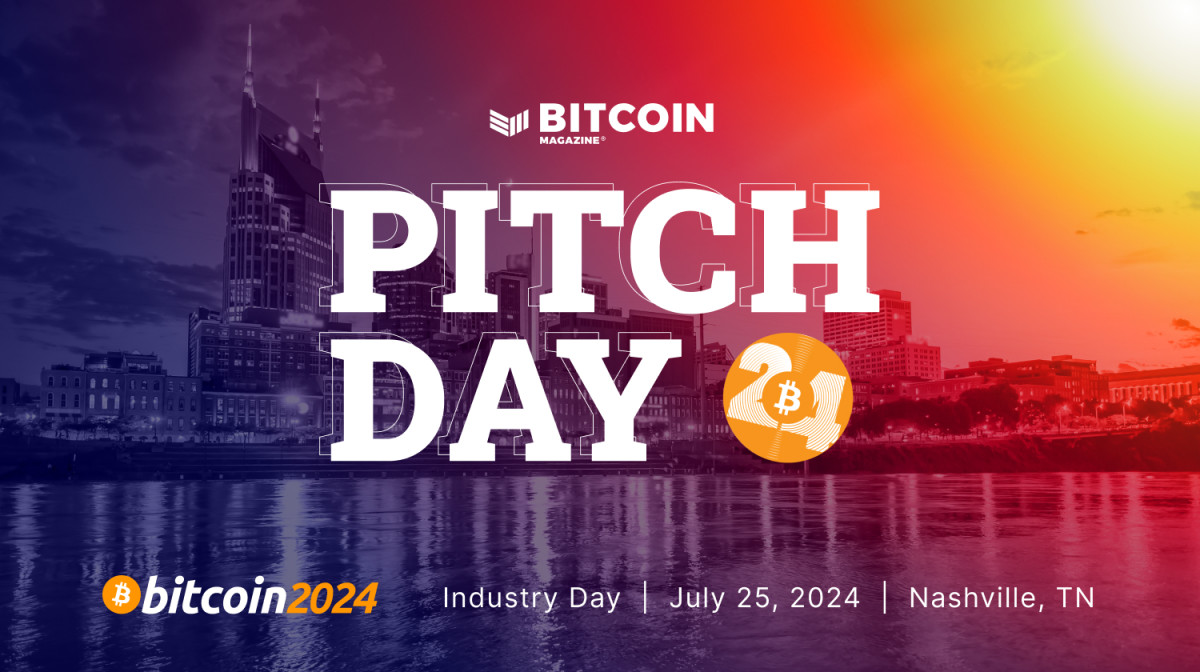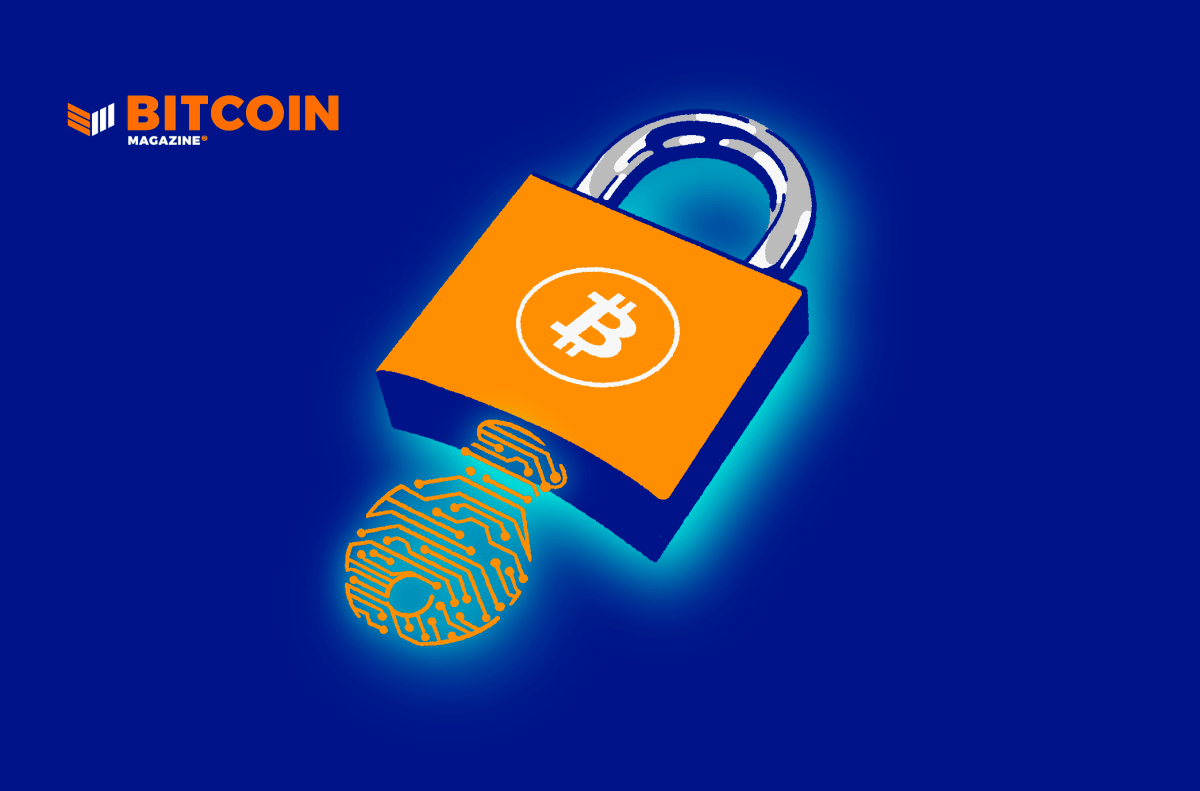A Year After Launch, BTCPay Has Grown Larger Than Its Creator Expected

First hinting at his project in a reply to a BitPay tweet on August 2017, Nicolas Dorier boldly claimed that BTCPay would make one of crypto’s most popular payment processors obsolete.
In an r/Bitcoin post two months later, he clarified that his brainchild isn’t meant to “take the place of BitPay.” Rather, BTCPay is poised as a new and improved alternative, a decentralized stand-in for merchants who wanted an easier way to accept bitcoin.
A year later, the project has grown larger than Dorier anticipated. With a community of open-source developers at its back and growing demand from a faithful user base, the payment processor has expanded its support past bitcoin and has integrated with many of the web’s most popular point-of-sale (PoS) plug-ins.
It has become a meteoric success. But for what started out as a hobbyist’s side project, this success has, in some respects, become unwieldy.
A Fork in Response to a Fork
Dorier launched BTCPay at a time when a contentious proposed Bitcoin hard fork was sending tremors through the community. BitPay’s approach to this hotly contested fork, Dorier told Bitcoin Magazine, was part of the reasoning behind BTCPay’s creation.
“BTCPay was created when BitPay was trying to force all their merchants to use another altcoin instead of Bitcoin. The priority for BTCPay was to make sure that all software written to work on BitPay will work on BTCPay with minimal (or no) change.”
The “altcoin” Dorier refers to is B2X, the unsubstantiated product of the failed Segwit2x hard fork. A controversial proposal at the time, the protocol change intended to double Bitcoin’s block weight limit. While proponents saw this as a necessary scaling solution, opponents argued it would open up security vulnerabilities, and many of these same opponents distrusted the invite-only, conspiratorial meeting that gave birth to the planned fork.
Incidentally, the fork never really made it off the ground. Still, a number of Bitcoin-related companies around the world supported it, and BitPay was part of a not-inconsequential list of companies that said they would treat Segwit2x as Bitcoin, given enough community consensus.
Dorier was not a fan. A part of the NO2X movement himself, the developer decided to create BTCPay in the face of what he viewed as an uneven, centralized decision in BitPay’s commitment to B2X.
His alternative in BTCPay is meant to offer the convenience of BitPay’s payment processor API without the counterparty risk or centralized custody inherent in its parent technology. To create this alternative, Dorier simply forked BitPay’s open source code.
“Redeveloping all of it would have consumed lot’s of my time. By using the same API shape as BitPay, I can basically fork their open source work and easily make it work on BTCPay.”
With BTCPay, users never relinquish control over their private keys, and they can even host their own node to buttress the platform’s services. As Dorier put it, this opens up the potential for “new things becoming easily possible,” such as integrating the Lightning Network or atomic swaps.
With a New Platform, New Services (and Coins)
For those who are less technologically savvy, BTCPay won’t leave them behind.
Node hosting on Microsoft’s Azure provides 1-click deployment for the average merchant, who can pay a third party to host a BTCPay node on their behalf. Dorier stated that this node hosting service is the most popular and oldest available, though a rising competitor is cutting into its dominance. Luna Node is gaining traction among BTCPay’s merchants, mainly because it is cheaper to host on the service ($10/month as opposed to $60/month for Azure). On top of this cost reduction, it also accepts bitcoin as a form of payment and has a more intuitive setup wizard, Dorier claims.
On the topic of merchants, BTCPay’s most integrated plugins are Drupal, WooCommerce, Magento and PrestaShop. Dorier told us that Shopify “is the most asked [for],” though he said that it’s difficult to “get a foot in the door” with them unless you’re a big company.
For those merchants that leverage BTCPay, they have access to more payment options than the platform’s counterpart in BitPay. Though BTCPay is “mainly focused on Bitcoin,” as Dorier put it, community developers have also added support for litecoin, dash, dogecoin, monacoin, bitcoin gold, feathercoin, groestlcoin, viacoin and polis. Dorier believes that there is enough interest for stratis, monero and ether to see their own support as well, though he emphasized that “the burden of integration is in the hands of the altcoin communities,” as he himself will not go out of his way to add them.
With Growth, Growing Pains and Limitations
Even with its fast-growing success, BTCPay has its tradeoffs and limitations.
One of these is lack of a fiat on-ramp. One benefit of BitPay’s centralization and custodial services is that it can support seamless crypto-to-fiat conversions. For a decentralized BTCPay, this feature has been markedly absent from its platform.
Still, Dorier is working to bring this liquidity to the platform, though he did say the solutions were still too underdeveloped to discuss seriously.
One of these solutions is an exchange integration that would allow merchants to forward transactions and autosell them on fiat-ramp exchanges. “Doing this, though, is a headache accounting-wise for businesses,” he cautioned, so the platform would also need to “provide a good accounting feature.”
In another model, “exchanges would host BTCPay on behalf of their user and automatically convert to fiat like BitPay is doing. This would solve accounting issues,” Dorier said, although this function also veers toward the same centralized, custodial services that BTCPay was built to avoid.
Fiat support troubles aside, BTCPay’s success was sprung on Dorier to a point. As we briefly mentioned, the platform began as a side project. Now, the formerly one-man job has turned into a wellspring of open-source development, and Dorier, who holds down two contractor positions at Metaco and DG Lab, said he is “reaching his limit.”
“My current challenge is about not being a bottleneck … Nowadays, I can’t keep up with the number of issues and pull requests to review. I find it hard to spend more time on developing features I want because of this.”
Still, a group of Bitcoin-faithful developers have helped to lighten his load, most notably the pseudonymous BitcoinShirt, Rockstardev and Kukks. With their work, these developers have also increased awareness, something that no doubt adds to Dorier’s burden as BTCPay grows.
Of course, this growth, while cumbersome, means the platform is thriving. And Dorier has plans to expand its offerings further, adding such features as a crowdfunding app, shareable invoices, atomic swaps and a wallet restoration function.
As BTCPay expands, Dorier hopes to continue to lengthen the already impressive strides of the 1-year-old payment processor, with the end goal of overtaking the industry’s frontrunner.
“BTCPay is giving back the power directly to the user. And I want to prove that we can compete, and even overtake the ease of use of centralized services … Ironically, centralized services are making themselves more and more difficult to use because of KYC/AML regulations. BTCPay is becoming easier and easier because we are solving a user-experience problem, not a regulatory one.”
This article originally appeared on Bitcoin Magazine.









